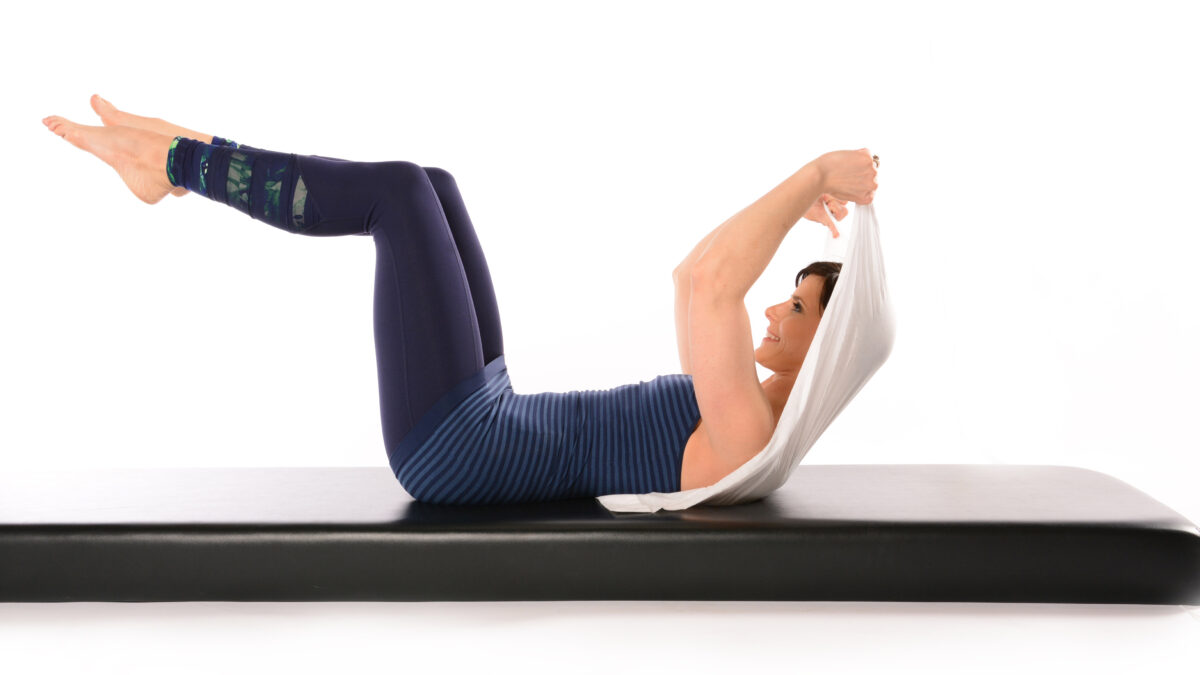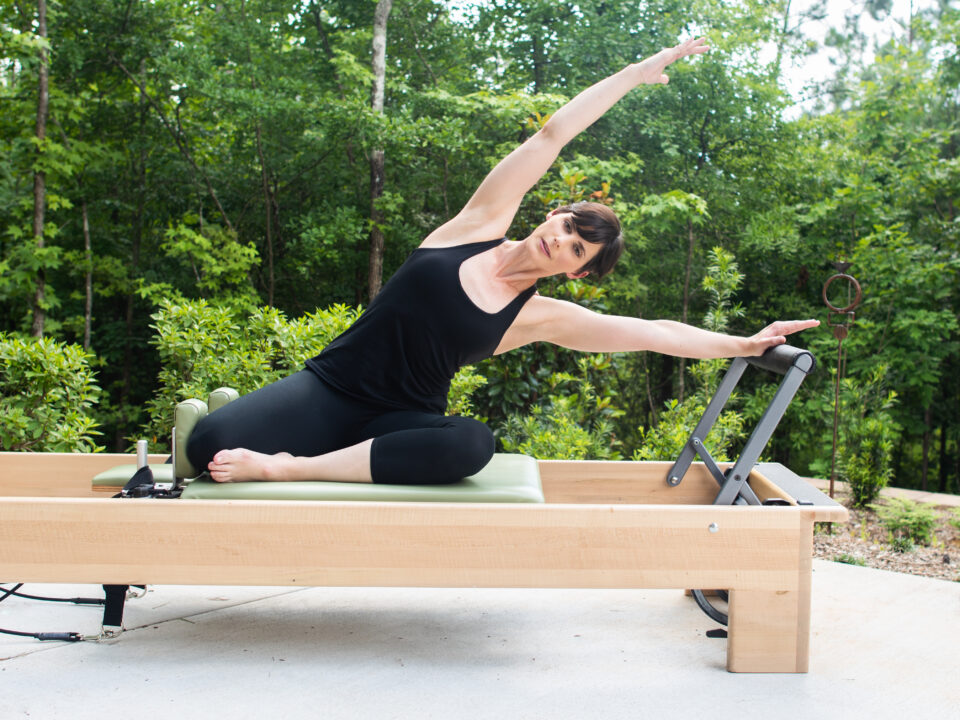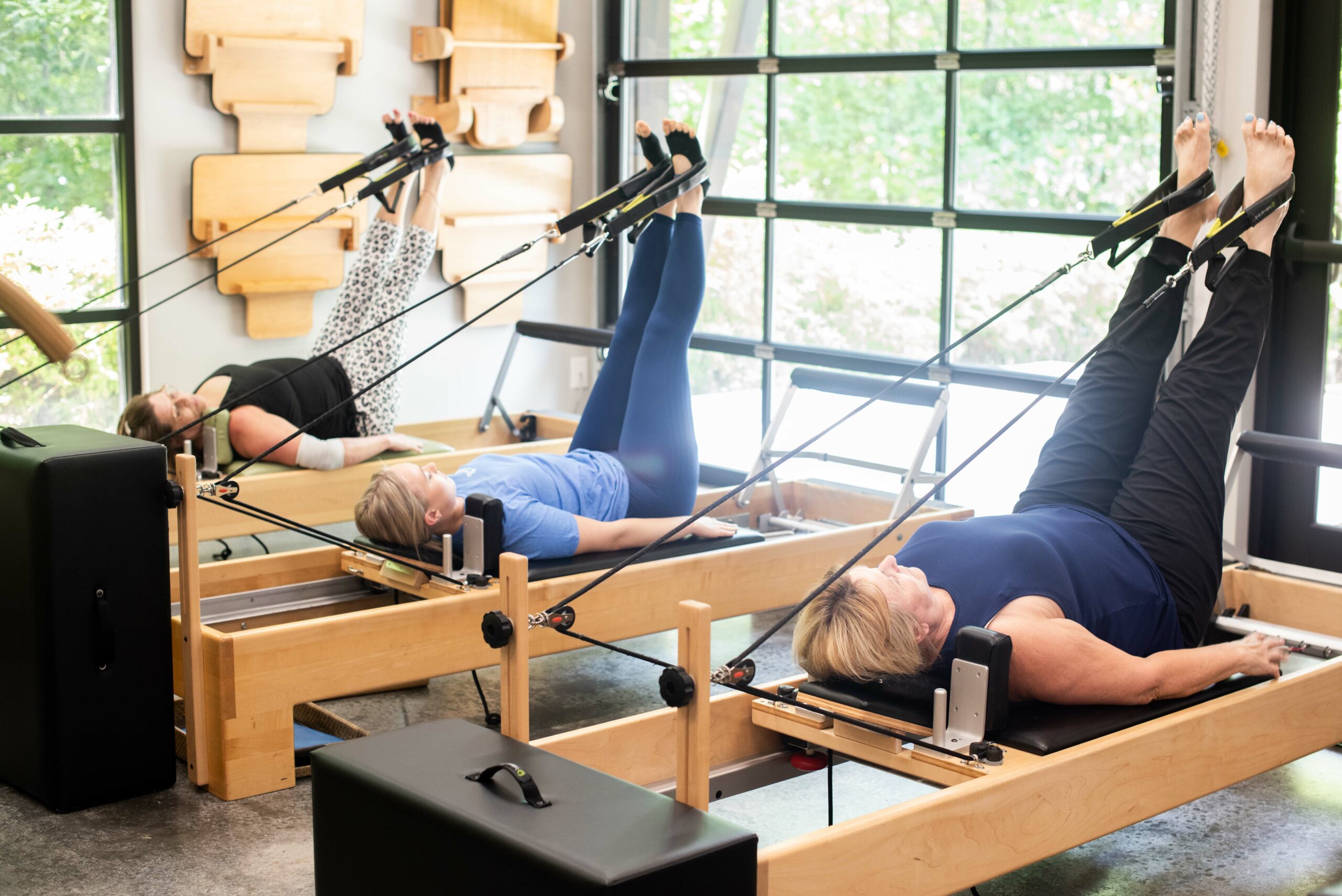- Mon - Fri
7.30 AM – 5.30 PM
Other hours upon request - 770-487-1931
Postpartum Pilates

Pilates may seem like the last thing you have time for with a baby in your arms. Yet, Postpartum Pilates can serve a new mom well in more ways than one. In this article, we’ll cover the benefits of postpartum Pilates for new moms, how soon you can do Pilates after giving birth, and if Reformer Pilates is good postpartum.
Benefits of Postpartum Pilates
- Improves core strength
Pilates emphasizes core strength, the foundation of all Pilates exercises. Rebuilding your core muscles after pregnancy will help support you postpartum in numerous ways. Early motherhood places high physical demands on your upper body while holding, rocking, and nursing your growing baby. A strong core in your abdominals and back will help your daily endurance, reduce back pain, and improve your posture.
- Rebuild your pelvic floor
Imagine your pelvic floor as the bottom of a basket that held your little baby inside for nine months. As you inch closer to delivery, your baby grows, testing your pelvic floor with its increasing weight. Postpartum, your basket likely needs reinforcement. Incontinence is common both during pregnancy and postpartum, and Pilates can help.
- Gives you time to recharge
Motherhood is an incredible blessing in numerous ways. It’s also a marathon. Caring for yourself is akin to filling your minivan with gas. Put your precious baby into safe hands for an hour or two a week to fill your tank so you’re ready for those sleepless nights.
- Reduces stress
Pilates helps reduce stress through intentional breathing and increased blood flow. Pilates calls upon your focus and concentration as a mind-body exercise, leaving little room to think about if you remembered to schedule the next pediatrician appointment or wonder if you need to switch diaper brands. This brain break helps you reset and recharge your mind for the day ahead.
How soon can I do Pilates after giving birth?
Postpartum exercise can typically begin 6-8 weeks after birth. However, discussing the right time for your body with your physician is best. When you do begin, start slow and small. Pilates is an excellent choice postpartum as a low-impact exercise emphasizing core strength and building pelvic floor muscles.
Have your doctor check for diastasis recti, a separation of the abdominal wall muscles. For some women, to repair diastasis recti may require physical therapy. After completing PT, postpartum Pilates is an excellent segway from physical therapy.
Is Reformer Pilates good postpartum?
Reformer Pilates is an excellent choice for postpartum moms. The Pilates Reformer helps your body stay in healthy alignment and provides an adjustable level of tension to support or challenge you.
During pregnancy, the mother’s body releases the hormone relaxin. These hormones loosen joints for her growing body. While helpful, it increases the risk of overstretching. Relaxin can stay in the mother’s body for up to 12 months postpartum. Using the hand and foot straps with the appropriate spring tension level helps support her body during her first year after giving birth.
If you are new to Reformer Pilates during your postpartum season, take a few private Reformer sessions first. This will help you learn safe techniques and modify them as needed. Once you have a strong understanding and form, you can start taking group Reformer classes. Always inform your instructor you are postpartum in case modifications are needed. Avoid jump-board or trampoline reformer classes until one year postpartum.
ProHealth Physical Therapy and Pilates is the best Postpartum Pilates studio in Fayette County, Georgia. The Pilates staff is fully certified and ready to help you in your postpartum journey. If you need physical therapy for diastasis recti, pelvic floor repair, or any other postpartum condition, the staff at ProHealth can help. Contact our office today.




